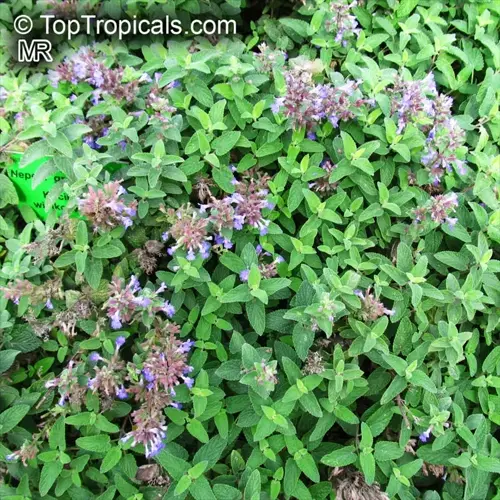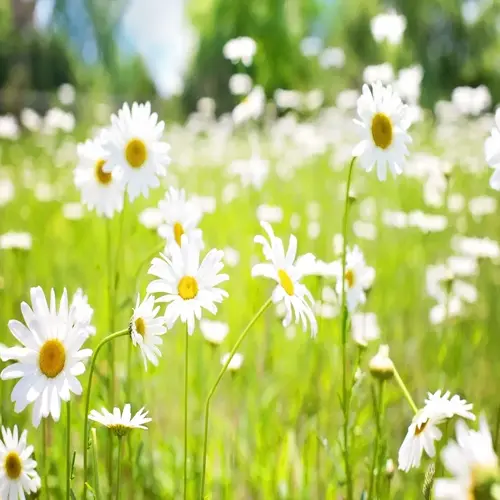What companion plants should be avoided near chives?

Written by
Paul Reynolds
Reviewed by
Prof. Samuel Fitzgerald, Ph.D.Companion planting has a direct impact on the health and productivity of chives. Some plants form negative interactions as a result of competition or the sharing of diseases. Beans and peas inhibit chive development as they share nitrogen. Other alliums (such as onions) increase the risk that pests will share between plants. I learned this through unfortunate gardening experiences where chives turned yellow when they grew near another incompatible plant.
Legume Family
- Beans compete aggressively for soil nitrogen
- Peas inhibit chive root development
- Alfalfa attracts shared aphid species
Allium Relatives
- Onions spread fungal diseases to chives
- Garlic attracts onion maggots that damage both
- Leeks create overcrowding and moisture issues
Problematic Herbs
- Sage releases growth-inhibiting compounds
- Mint aggressively spreads and chokes roots
- Fennel secretes root chemicals that stunt growth
Symptoms of negative companion effects show clear warning signs. Yellowing leaves show nitrogen deficiency near the legumes. Stunted growth is indicative of root competition. Higher damages by pests display susceptibility to disease in proximity to other alliums. I monitor these signs every week throughout the growing seasons. Early detection would enable adjustments to spacing to address these issues.
Instead, utilize beneficial groupings for mutual benefit. Think of insect repellent; Plant chives with *tomatoes* for aphid repellent. Place it alongside *carrots* for fear repellent from carrot fly. Surround with roses to mitigate black spot fungus. These categories foster overall better gardens. My overall tomato yield increased after introducing chive borders.
Utilize spatial strategies for incompatible plants. Use buffer zones with neutral plants (lettuce, for example). Use raised beds as a way to separate when space is limited on your property. Rotate plant locations yearly to interrupt disease life cycles. I draft out gardening layouts on paper in advance of planting. This also helps to eliminate unintentional negative plant placements.
Knowledge of companion planting can alter your expectations when it comes to herb gardening. By avoiding poor neighbors, you'll ultimately have less disease to deal with. Beneficial pairings naturally enhance flavors. Appropriate planning cultivates successful and productive ecosystems. Since implementing these principles, I have enjoyed healthier chives and better yields.
Read the full article: How to Grow Chives Successfully

